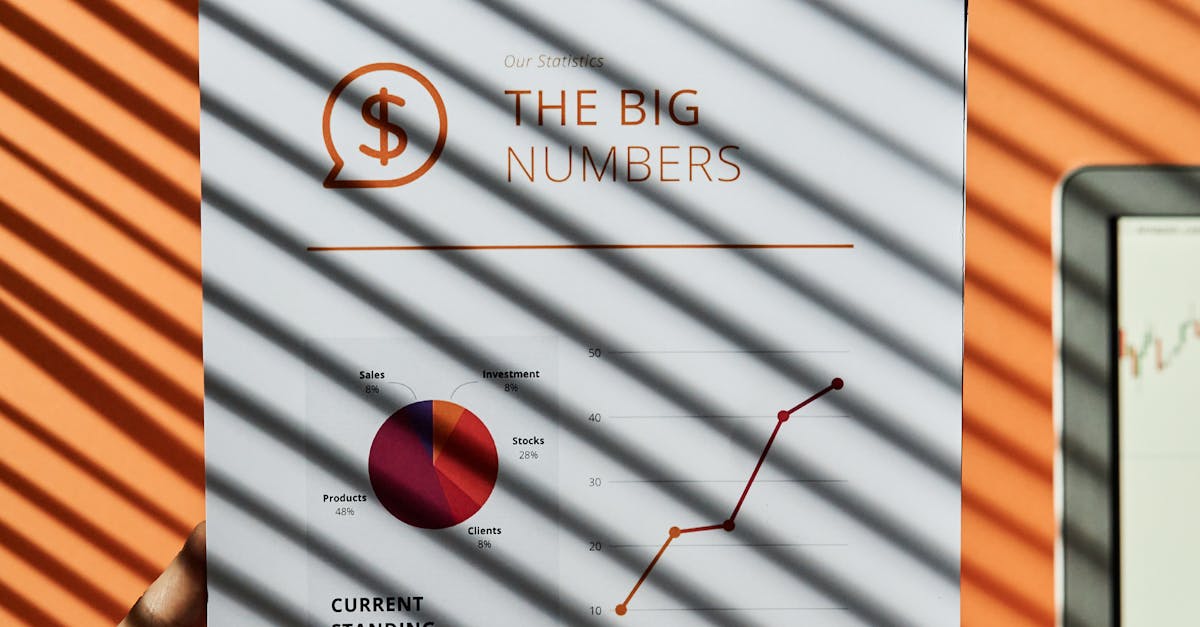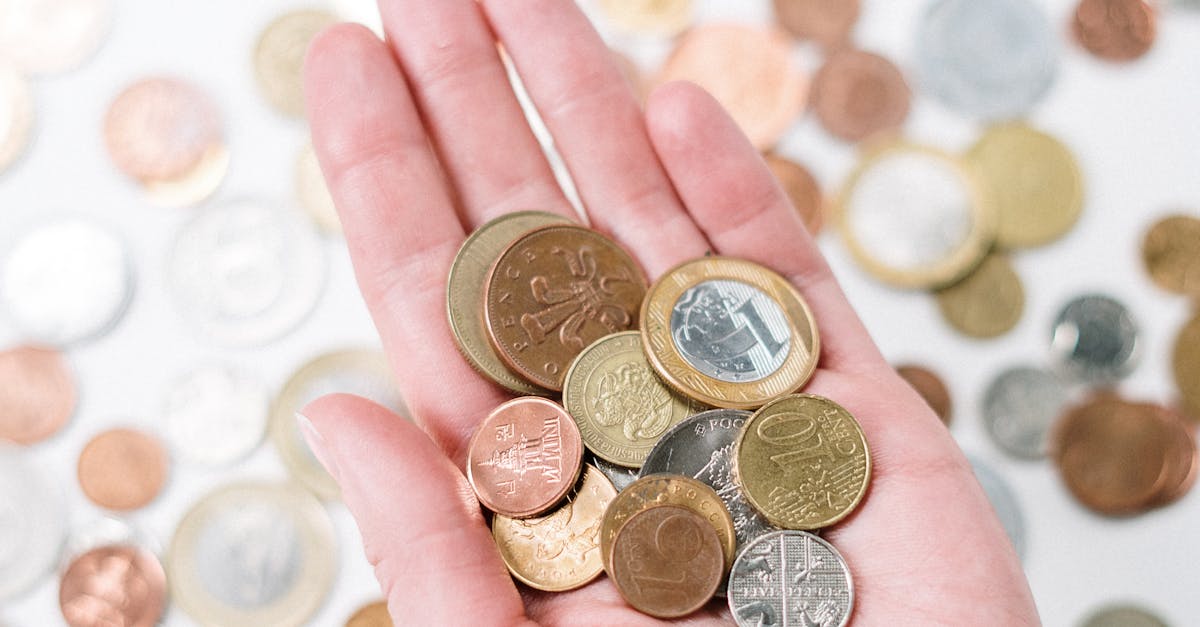Gold Recycling: A Sustainable Path to Circular Economy

When it comes to sustainability and resource conservation, the concept of a circular economy has gained significant traction. It’s a holistic approach to design, production, and disposal that aims to minimize waste and maximize the usage of available resources. Within this paradigm, gold recycling has emerged as a crucial component.
Historically, gold acquisition was largely dependent on mining extraction. This practice, however, raises environmental concerns like habitat damage, soil degradation, and greenhouse gas emissions. Gold recycling, in contrast, offers a far more sustainable alternative. It involves the recovery and reuse of gold from old jewelry, electronics, and other discarded sources. Recycling not only conserves finite resources but also reduces the environmental footprint associated with gold extraction.
Gold recycling aligns seamlessly with the circular economy model. By reusing and reintroducing gold into the supply chain, it creates a closed-loop system that reduces the need for fresh extraction. This approach extends the lifespan of gold, minimizing waste and promoting resource efficiency. Moreover, refining recycled gold consumes significantly less energy and generates fewer emissions compared to traditional mining. These environmental benefits make gold recycling a compelling solution for a more sustainable future.
Key Insights
- Environmental Benefits: Gold recycling reduces greenhouse gas emissions, conserves water resources, and preserves natural habitats.
- Economic Advantages: Recycled gold is often more cost-effective than newly mined gold, creating jobs and stimulating the recycling industry.
- Challenges and Opportunities: Contamination, technology limitations, and consumer awareness are challenges, but innovation and collaboration present growth opportunities.
- Best Practices: Effective gold recycling involves responsible collection, processing, and quality assurance methods.
- Future Outlook: Technological advancements, policy changes, and increasing demand for sustainable practices will shape the future of gold recycling.
1. Gold Recycling: An Overview
The significance of gold recycling lies in its ability to conserve natural resources and reduce the environmental impact associated with gold extraction. Mining for gold often leads to habitat destruction, soil degradation, and the release of toxic chemicals into the environment. Recycling, on the other hand, minimizes the need for mining by recovering and reusing gold that already exists.
Gold recycling offers a plethora of benefits compared to traditional mining practices. It not only reduces the environmental footprint but also conserves finite resources. Moreover, it stimulates the recycling industry, creates jobs, and provides a cost-effective way to acquire gold. As the demand for gold continues to rise, recycling will play an increasingly important role in meeting this demand sustainably.
2. The Role of Recycled Gold in the Circular Economy

The concept of a circular economy is gaining traction as a sustainable alternative to the traditional linear economy model. In a circular economy, the goal is to keep resources in use for as long as possible, minimizing waste and maximizing resource efficiency. Gold recycling plays a vital role in closing the loop and achieving this circularity.
When gold is recycled, it is recovered from discarded sources such as old jewelry, electronics, and industrial waste. This gold is then refined and reintroduced into the supply chain, where it can be used to create new products. By recycling gold, we reduce the need to extract new gold from the earth, conserving natural resources and minimizing the environmental impact associated with mining.
Gold recycling contributes to a circular economy by closing the loop on gold’s life cycle. It prevents gold from ending up in landfills or being lost to the environment. Instead, it keeps gold in circulation, maximizing its value and reducing the need for new extraction. This approach promotes sustainability, resource conservation, and a more responsible use of our planet’s finite resources.
3. Environmental Benefits of Gold Recycling
Gold recycling also contributes to the reduction of greenhouse gas emissions. Mining and processing new gold requires significant energy, which often comes from fossil fuels. Recycling, on the other hand, consumes far less energy and produces fewer emissions. According to the World Gold Council, recycled gold generates up to 99% less greenhouse gases compared to newly mined gold.
Water conservation is another key environmental benefit of gold recycling. Mining operations often require large amounts of water, which can strain local water resources and lead to water pollution. Recycling gold minimizes the need for mining and, consequently, reduces water consumption and pollution. By choosing recycled gold, we play a part in protecting precious water resources for future generations.
4. Economic Advantages of Gold Recycling

Gold recycling not only benefits the environment but also offers a range of economic advantages. It’s a cost-effective way to acquire gold, as recycled gold typically costs less than newly mined gold. Recycling gold also creates jobs and stimulates the recycling industry, providing economic opportunities in local communities.
The cost-effectiveness of recycled gold makes it an attractive option for jewelers, manufacturers, and investors. Recycled gold is often sold at a discount compared to mined gold, making it a more affordable choice without compromising quality. By choosing recycled gold, businesses and consumers can save money while making a positive impact on the environment.
Gold recycling also contributes to job creation and economic growth. The recycling process involves collecting, sorting, refining, and reusing gold, which requires skilled workers and specialized facilities. Recycling companies provide employment opportunities in various sectors, such as waste management, manufacturing, and precious metals refining. By supporting the gold recycling industry, we contribute to job creation and economic development.
5. Challenges and Opportunities in Gold Recycling
Consumer awareness plays a crucial role in the success of gold recycling initiatives. Educating the public about the environmental and economic advantages of choosing recycled gold can help increase demand and drive the growth of the recycling sector. By raising awareness, we can encourage consumers to make informed choices that support sustainability and responsible resource management.
Emerging opportunities in gold recycling include the development of new technologies for more efficient and cost-effective refining processes. Research and innovation in this field can lead to breakthroughs that further enhance the environmental and economic viability of gold recycling. Additionally, collaborations between governments, recycling companies, and jewelry manufacturers can create incentives and infrastructure to support the growth of the gold recycling industry.
6. Best Practices for Gold Recycling
To ensure effective gold recycling, it’s essential to follow best practices throughout the process. This includes implementing efficient collection methods, utilizing responsible processing techniques, and maintaining high standards for quality assurance.
Effective collection involves raising public awareness about the importance of gold recycling and providing convenient drop-off points for discarded gold items. Collaborations with waste management companies and local authorities can help expand collection networks and reach a wider audience.
Responsible processing of gold scrap requires specialized techniques to extract gold while minimizing environmental impact. Certified and reputable recycling facilities employ advanced technologies to refine gold efficiently and responsibly. They adhere to strict environmental regulations and ethical standards to ensure the integrity and sustainability of the recycling process.
7. The Future of Gold Recycling
The future of gold recycling holds promising advancements driven by technological innovations, policy changes, and the growing demand for sustainable practices. Technological breakthroughs in refining techniques promise to enhance efficiency, reduce costs, and minimize environmental impact, making gold recycling even more attractive.
Policy changes at local and international levels can play a significant role in shaping the future of gold recycling. Governments can implement regulations that encourage the use of recycled gold, promote responsible sourcing, and set standards for ethical and environmentally sound recycling practices. These policy measures can create a favorable environment for the growth and innovation of the gold recycling industry.
The increasing demand for sustainable practices among consumers and businesses alike will continue to drive the growth of gold recycling. As more people become aware of the environmental and social benefits of choosing recycled gold, the demand for recycled gold jewelry, electronics, and other products is expected to rise. This growing demand will further incentivize businesses to invest in gold recycling infrastructure and develop innovative solutions to meet the needs of sustainability-conscious consumers.
What are the environmental benefits of gold recycling?
Gold recycling reduces greenhouse gas emissions, conserves water resources, and preserves natural habitats that are often impacted by mining activities.
Is recycled gold as valuable as mined gold?
Yes, recycled gold is as valuable as mined gold. It undergoes a refining process to remove impurities, resulting in pure gold that is indistinguishable from mined gold in terms of quality and value.
How can I participate in gold recycling?
You can participate in gold recycling by donating old gold jewelry, scrap gold, or electronic devices to reputable recycling companies or organizations that accept gold for recycling.
Key Insights
| Key Insight | Description | |—|—| | Environmental Benefits | Gold recycling reduces greenhouse gas emissions, conserves water resources, and preserves natural habitats. | | Economic Advantages | Recycled gold is cost-effective, creates jobs, and stimulates the recycling industry. | | Challenges and Opportunities | Contamination and technology limitations are challenges, but innovation and collaboration present opportunities. | | Best Practices | Effective gold recycling involves responsible collection, processing, and quality assurance. | | Future Outlook | Technological advancements, policy changes, and increasing demand for sustainability will drive the growth of gold recycling. |